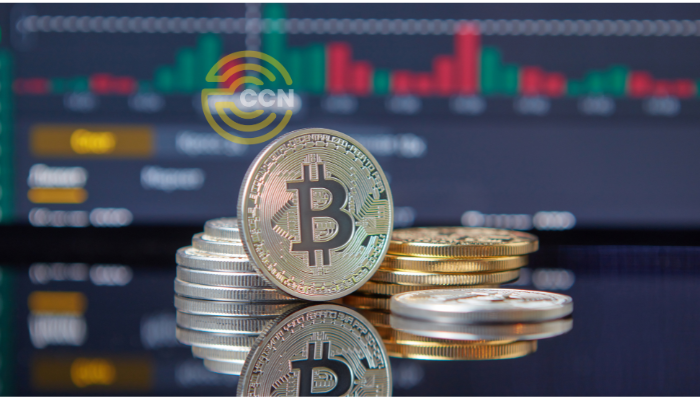- Treasury drawdowns inject cash, boosting risk assets like Bitcoin and stocks.
- Bitcoin reacts sharply to liquidity boosts, showing significant price surges.
- Economic factors like inflation and policy impact liquidity-driven market rallies.
When the U.S. Treasury reduces its General Account (TGA), it injects liquidity into the financial system. This often triggers rallies in risk assets like Bitcoin and the S&P 500. Investors closely monitor these drawdowns, as they resemble quantitative easing. With the U.S. nearing its $36 trillion debt ceiling, another TGA drawdown could be imminent. If that happens, history suggests a surge in Bitcoin and stocks. However, economic factors like inflation and interest rates may impact the outcome.
Bitcoin’s Strong Reaction to Liquidity Boosts
Bitcoin has historically responded aggressively to TGA drawdowns, according to expert analyst Miles Deutscher.
In December 2022, a liquidity surge fueled an 84% Bitcoin rally. Similarly, in June 2023, another drawdown pushed Bitcoin up by 23%. These rapid price increases underscore Bitcoin’s sensitivity to liquidity changes. Traders often flock to high-risk assets when additional funds circulate in the economy. The influx of liquidity creates favorable market conditions, making cryptocurrencies particularly attractive.
How the S&P 500 Benefits
The S&P 500 also tends to rally during TGA drawdowns, though its gains are less dramatic than Bitcoin’s. Increased liquidity boosts investor confidence, leading to stronger market sentiment. In 2022 and 2023, stock markets reacted positively to Treasury cash injections. While equities don’t exhibit the same volatility as crypto, they still benefit from improved liquidity conditions. This relationship suggests that future TGA reductions could again lift stock prices.
What Comes Next for Markets?
With the U.S. government approaching its debt ceiling, another TGA drawdown remains possible. If it happens, Bitcoin and stocks could see another liquidity-driven rally. However, investors must consider additional economic factors.
Inflation, Federal Reserve policy, and political negotiations over the debt ceiling play a role. While TGA drawdowns boost short-term market performance, they are not a long-term solution.
The Big Picture
Liquidity injections provide temporary market relief, but structural economic issues remain. Investors should track key macroeconomic indicators alongside Treasury actions. If past trends hold, a new TGA drawdown could fuel another wave of asset price increases. However, market participants should remain cautious, as broader economic forces could shape a different outcome this time. In a rapidly changing financial landscape, staying informed is essential.








